Vincent van Gogh’s progression as an artist can be understood by looking at one of his most preeminent topics, the rural landscape, more specifically, wheat fields. Starting with the drab “Wheat Sheaves” painted 1885 in the Netherlands to the dramatically sparkling paintings of his stays from Arles, Saint-Rémy and Auvers-sur-Oise in France. Among van Gogh’s best-known rural paintings of the latter phase are “Evening Landscape with Rising Moon” and “Wheat Field with Crows”. Letters to his brother Theo indicate how the post-Impressionist considered nature and art to be intrinsically connected, they show his love for manual workers and the desire to comfort others.
Where is the picture “Starry Night Over the Rhône” today?
The original of van Gogh’s landscape paintingLandscape painting focuses on the depiction of natural scenery such as mountains, valleys, trees, rivers, and forests. It has been a significant genre in art history, evolving through various styles and periods. Landscape painting captures the beauty of the natural world and often reflects the cultural and philosophical views of the time. JMW Turner, Calais Pier, 1801 Historical Context Landscape More “Evening Landscape with Rising Moon” is part of the permanent collection in the Kröller-Müller Museum, Otterlo, Netherlands.
What’s in it?
Vincent van Gogh’s famous paintingPainting is a fundamental form of visual art that has been practiced for thousands of years. It involves applying pigment to a surface such as canvas, paper, or a wall. Painting can be explored through various styles, techniques, and mediums, each offering unique possibilities for expression and creativity. Historical Background • Ancient Beginnings: The history of painting dates back to More “Evening Landscape with Rising Moon” captures a serene evening atmosphere in July 1889, farmland with wheat fields and olive groves extending in front of a mountain range A large yellow-ochre moon rising behind a mountain range drenches the field in a mysterious light. Energetic brushstrokes, which have become van Gogh’s signature style by this time, sprawl across the dim sky, the mountain, and field – into every element of the picture. Although infused with the vibrant energy of the brushstrokes, the overall appearance of the scene is tranquil and peaceful.
What’s the context?
Van Gogh facts:
Due to mental health problems, van Gogh admitted himself to an asylum in Saint-Rémy in the south of France. He was able to paint in a cell of the facility, from where he could view farmland with wheat fields, vineyards at the foot of the Alpilles mountains. Within one year starting in spring of 1889, van Gogh painted changing sceneries of the same landscape – wheat fields with crows, with flowers in spring, fresh raising in autumn, with wheat sheaves, or after a storm.
Chatter and Prattle
- Vincent van GoghVincent van Gogh (1853 – 1890) is one of the renowned Post-Impressionist artists, best known for his striking use of colour, emphatic brushwork, and contoured forms. As a son of a pastor, the Dutch artist war brought up in a religious and cultured atmosphere. After working unsuccessfully as a clerk at a bookstore, as a salesman, and as a preacher More spent one year in the asylum in Saint-Rémy-de-Provence. Although his mental health remained unstable, he was very productive, creating over 150 paintings.
- When he was feeling better, van Gogh wrote in one of his letters to his brother Theo:
“As for me, my health is good, and as for the head it will, let’s hope, be a matter of time and patience.” The artist was allowed to paint in the institution’s walled garden and was given an extra cell inside the clinic to use as a studio. - However, his mental state continued to fluctuate, and in a moment of confusion, he would use his mouth to moisten his brushesBrushes are indispensable tools for artists, used to apply paint, create textures, and define details. With a wide range of shapes, sizes, and materials available, understanding the different types of brushes and their uses can significantly enhance an artist's work. Definition and Composition • Brush: An artist's tool made up of a handle, a ferrule (the metal part that connects More and even ate some of his oil paints. Very likely, van Gogh developed a habit of sucking on his brushesBrushes are indispensable tools for artists, used to apply paint, create textures, and define details. With a wide range of shapes, sizes, and materials available, understanding the different types of brushes and their uses can significantly enhance an artist's work. Definition and Composition • Brush: An artist's tool made up of a handle, a ferrule (the metal part that connects More, not just for moistening the paint, but also for the sweet aftertaste of the lead paint. Lead being a neurotoxin would have contributed to worsening of his mental state of psychosis and is also believed to have influenced his paintingPainting is a fundamental form of visual art that has been practiced for thousands of years. It involves applying pigment to a surface such as canvas, paper, or a wall. Painting can be explored through various styles, techniques, and mediums, each offering unique possibilities for expression and creativity. Historical Background • Ancient Beginnings: The history of painting dates back to More style.
Recommended Readings:
This article may contain compensated links. Please read Disclaimer for more info. As an Amazon Associate, I earn from qualifying purchases.
Ingo F. Walther et al. (2020): Van Gogh. The Complete Paintings
Vincent Van GoghVincent van Gogh (1853 – 1890) is one of the renowned Post-Impressionist artists, best known for his striking use of colour, emphatic brushwork, and contoured forms. As a son of a pastor, the Dutch artist war brought up in a religious and cultured atmosphere. After working unsuccessfully as a clerk at a bookstore, as a salesman, and as a preacher More (2020): The Letters of Vincent Van Gogh
Martin Gayford (2008): The Yellow House: Van Gogh, Gauguin, and Nine Turbulent Weeks in Provence
Steven Naifeh et al. (2012): Van Gogh: The Life (RANDOM HOUSE)
Steven Naifeh (2021): Van Gogh and the Artists He Loved




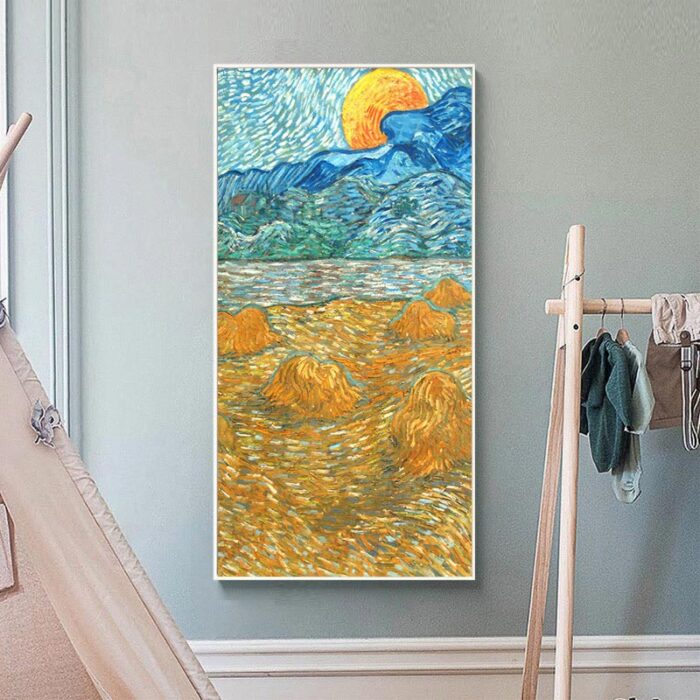

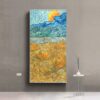
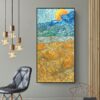
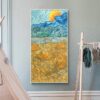
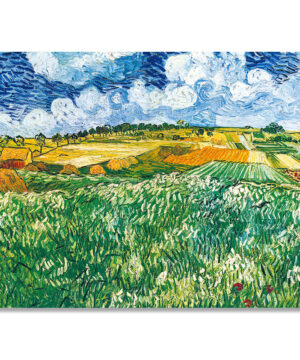
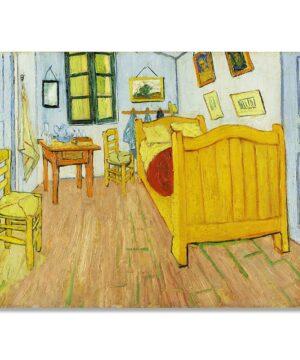
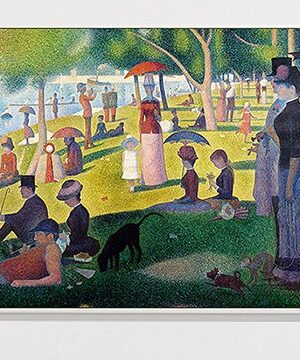
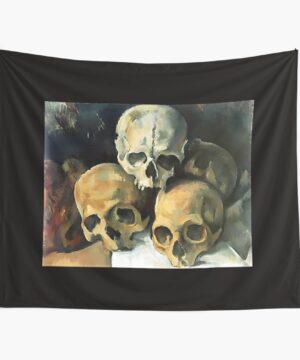
Reviews
There are no reviews yet.